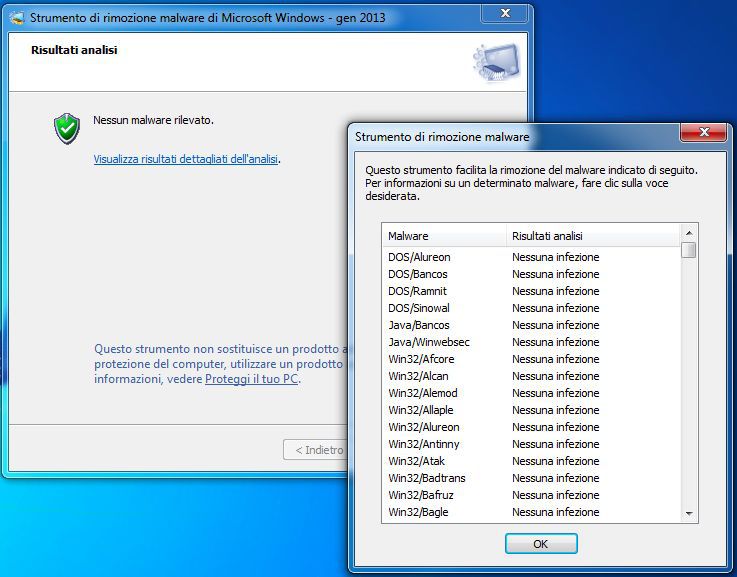

Microsoft also offers a Microsoft Windows Malicious Software Removal Tool. The Process Explorer and Autorun tools check for unusual files that could point to malware and allow you to "kill" the executable. To verify your PC is infected, Microsoft offers various free tools for download on its Sysinternals tools webpage. The bottom line is something doesn't seem right. Maybe it's running slowly or experiencing an unusual number of pop-ups, for example. You first suspect your computer is infected for a reason. Malware can and will damage your computer, but you can minimize that damage by catching the threat and removing it from your PC in a timely manner. Spear phishing and other socially engineered attacks have become so sophisticated that hackers are very good at sneaking past security checkpoints. Windows Server 2012, Windows 8.No one expects to deal with a computer infected with a malware, but even the most diligent and cyber savvy person makes mistakes. Windows Malicious Software Removal Tool - v5.109 (KB890830) Windows Malicious Software Removal Tool 圆4 - v5.109 (KB890830) Windows Malicious Software Removal Tool 圆4 - v5.110 (KB890830) Windows Malicious Software Removal Tool - v5.110 (KB890830) Windows Malicious Software Removal Tool - v5.111 (KB890830) Windows Malicious Software Removal Tool 圆4 - v5.111 (KB890830) Windows 8.1, Windows 10, Windows 10 LTSB, Windows 10, version 1903 and later, Windows 11 Windows Malicious Software Removal Tool - v5.112 (KB890830) Windows Server 2012, Windows 8.1, Windows Server 2012 R2, Windows 10, Windows 10 LTSB, Windows Server 2016, Windows Server 2019, Windows 10, version 1903 and later, Windows Server, version 1903 and later, Windows 11 Windows Server 2008 R2, Windows 7, Windows Server 2008

Windows Malicious Software Removal Tool 圆4 - v5.112 (KB890830)


 0 kommentar(er)
0 kommentar(er)
